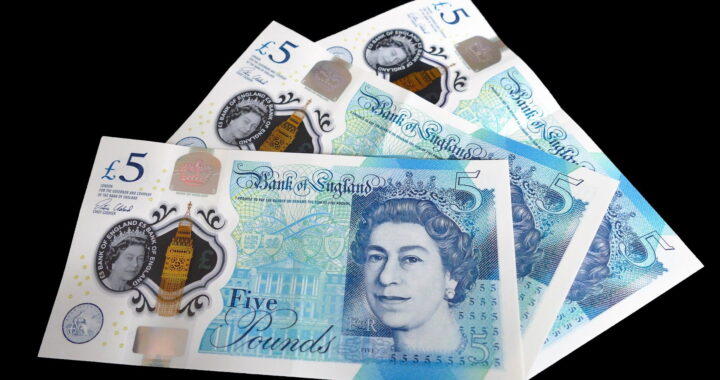Spoiler Alert:
The short answer is:
“No, not really. But it does depend largely on the confidence of bankers.”
The traditional view of a banker is that of someone who takes money off a person who wants to save (a depositor). But banks soon realised that they did not need to keep all the depositor’s money sitting in a vault doing nothing.
So they took a proportion of that deposit and lent it to someone else who wanted to borrow some money; the bank making a turn (or margin) on differing interest rates paid to depositors and charged to borrowers.
The trick was to make sure the bank had sufficient ready cash to be able to pay back the depositor when he needed the cash; so the bank would keep back a proportion of the deposits (seen by the bank as a liability).
In our related article “What was QE (1) and what happened in 2008?”
we looked at the history of the Liquidity Reserve Ratio. The bottom line is that in 1981 the formal liquidity reserve ratio was abolished altogether.
Since the liquidity reserve ratio has not been a legal requirement since 1981, banks have effectively been able to create money simply by lending to anyone with a pulse and who passes that bank’s risk criteria.
Tectona tip – this is what has a happened in 2020 with the banks being required to lend under the CBILS and BBLS coronavirus schemes; simply creating more money by creating debt.
There is an additional potential check and balance called the Capital Adequacy Requirements (CARs).
These were primarily designed to avoid banks going bankrupt by requiring them to keep a cushion or a capital buffer.
This is usually expressed as a capital adequacy ratio of equity as a percentage of risk-weighted assets.
Under the Basel III Accord, the minimum capital adequacy ratio that banks must maintain is 8%. (To keep it simple we are referring only to Tier 1 here).
But the effect of CARs in terms of limiting a bank’s ability to create money is this:
- CARs do NOT limit the ability of banks to create money when the economy is doing well
- CARs DO limit the ability of banks to create money when the economy is in recession – just at the time the economy needs to be stimulated by more money! (Although you can’t lend money if no-one wants to borrow)
If you want to address this by encouraging less money creation in a bubble and more in a recession you have 2 challenges – first, who decides it is a bubble/recession? Second, who finds the businesses to borrow in a recession?
Further, there is no natural or imposed limit to creating money as each bank can borrow from other banks or the Bank of England, if they need to.
You will not have missed the irony:
What truly limits the creation of money is the willingness of banks to lend; which is, in turn, driven by the confidence of the banks to lend.
Conclusion
There has been no liquidity reserve ratio since 1981 and the Capital Adequacy Requirements were not designed to limit banks’ ability to create money.
Whoever lends creates money! And the alternative to banks creating money is government – and who would you prefer to make lending decisions?? Just consider Brexit implementation or HS2 and you might find an answer.
That is our take on the checks and balances in place on the ability of banks to create money when they want and provides a backdrop for when you read our related articles in which we look at:
- Are there any Checks and Balances on the ability of Banks to Create Money?
- Is this a Good Way to run our Economy?
Note: A large chunk of the inspiration for this synopsis is drawn from the excellent Economic Updates produced by Economist Roger Martin-Fagg.

